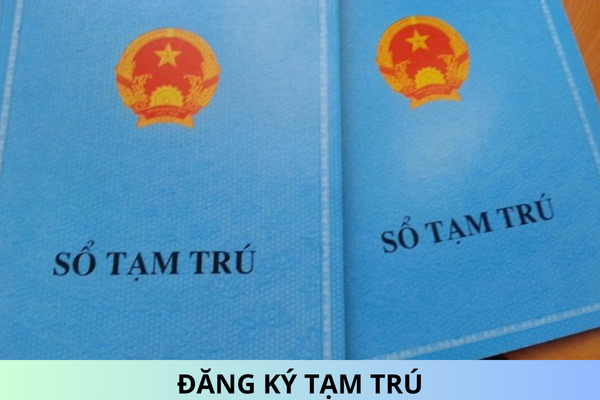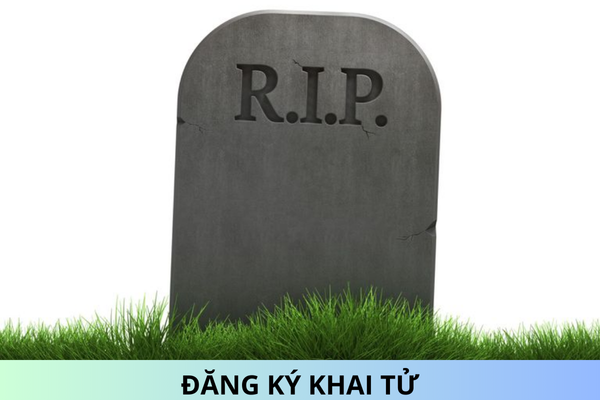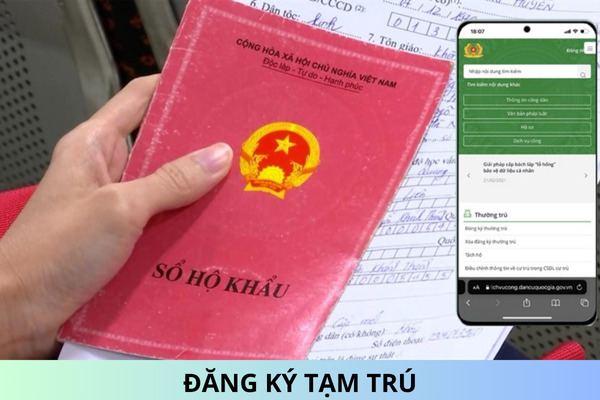What is Tangible Cultural Heritage?
1. What is intangible cultural heritage?
Pursuant to Clause 1, Article 1 of the Law on Cultural Heritage amended in 2009, it is stipulated as follows:
Intangible cultural heritage refers to spiritual products associated with a community or individual, related cultural objects, and spaces, which have historical, cultural, and scientific value, reflect the community's identity, and are continuously recreated and passed down from generation to generation through oral traditions, craftsmanship, performances, and other means.
2. What is tangible cultural heritage?
According to Clause 2, Article 4 of the Law on Cultural Heritage 2001, tangible cultural heritage includes material products with historical, cultural, and scientific value, including historical-cultural relics, scenic sites, artifacts, antiques, and national treasures.
3. Vietnamese cultural heritage is used for the following purposes:
- Promote the value of cultural heritage for the benefit of the entire society;- Enhance the good traditions of the Vietnamese ethnic communities;- Contribute to the creation of new cultural values, enrich the treasure trove of Vietnamese cultural heritage, and broaden international cultural exchanges.
4. Acts violating or damaging cultural heritage
- Acts that distort relics:
+ Altering the original elements constituting the relics such as adding, relocating, changing artifacts within the relics, or restoring and refurbishing in ways that do not align with the original elements without permission from the competent state agency in charge of culture, sports, and tourism, and propaganda, or misrepresenting the contents and value of the relics;
+ Changing the environmental landscape of the relics such as cutting trees, destroying rocks, digging, illegally constructing, and other actions negatively affecting the relics.
- Acts causing potential destruction or diminishing the value of intangible cultural heritage:
+ Disseminating and practicing the wrong content of intangible cultural heritage;
+ Arbitrarily introducing new incompatible elements reducing the value of intangible cultural heritage;
+ Exploiting the dissemination, performance, and teaching of intangible cultural heritage for profit and other unlawful acts.
- The following cases are considered illegal excavations of archaeological sites:
+ Unauthorized digging and searching for artifacts, antiques, and national treasures within the protected areas of relics and planned archaeological sites such as residence sites, tombs, tool-making workshops, fortified structures, and other archaeological sites;
+ Unauthorized searching and salvaging of sunken artifacts, antiques, and national treasures underwater.
Respectfully!










